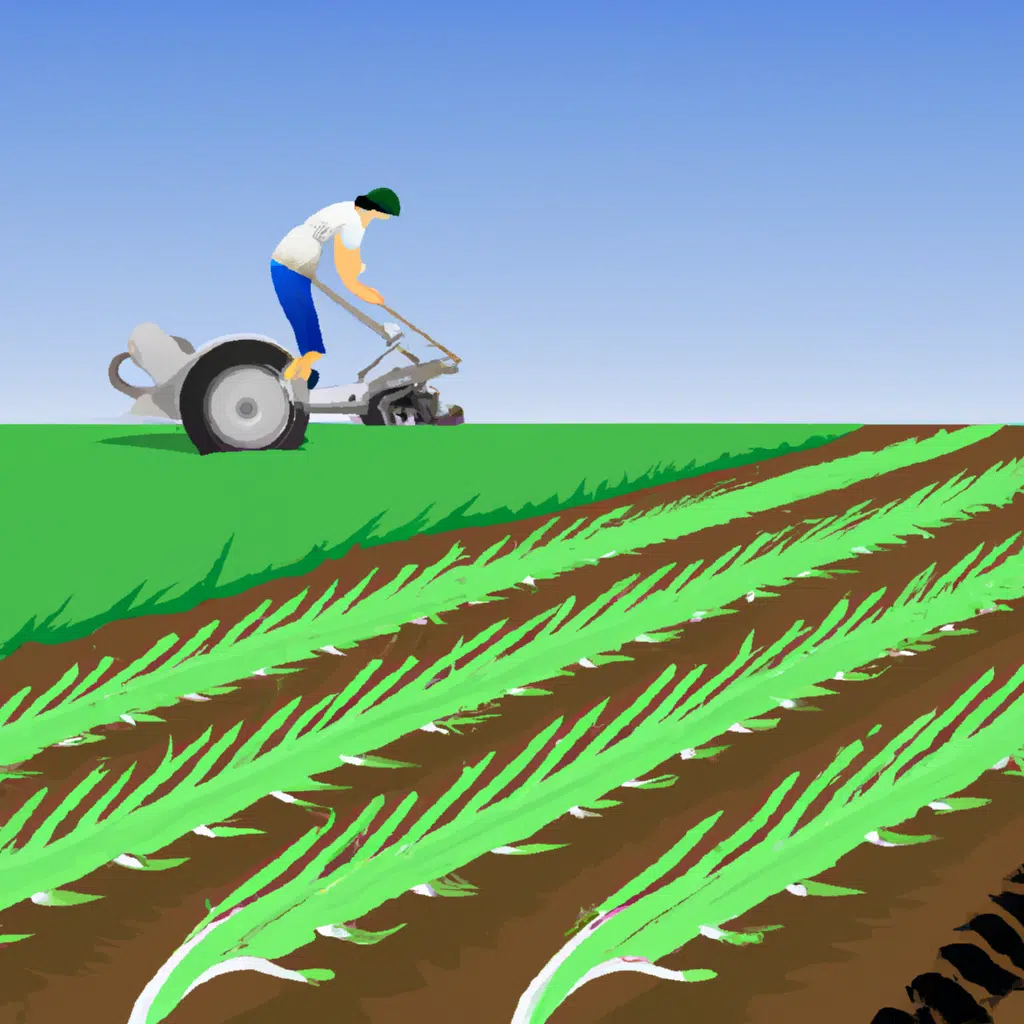When it comes to gardening, one of the most important aspects is soil preparation. Proper soil preparation is essential for maximizing yield and ensuring that your plants grow healthy and strong. In this article, we will explore some little-known techniques for soil preparation that can help you achieve the best possible results.
Understanding Your Soil
Before you begin preparing your soil, it’s important to understand what kind of soil you have. Soil can be classified into three main types: sandy, clay, and loam. Sandy soil is loose and drains quickly, but it doesn’t hold nutrients well. Clay soil, on the other hand, is dense, slow-draining, and prone to becoming waterlogged, which can lead to root rot. Loam soil is a mixture of sand, silt, and clay and is considered the ideal type for growing plants.
You can determine what type of soil you have by conducting a simple soil test. You can purchase a soil test kit at your local gardening store, or you can send a sample of your soil to a lab for analysis.
pH Levels
The pH level of your soil is another important factor to consider when preparing your soil. The pH level affects the availability of nutrients to your plants. Most plants prefer a slightly acidic soil with a pH level between 6.0 and 7.0. You can test your soil’s pH level using a soil test kit.
If your soil’s pH level is too low, you can add lime to raise the pH level. If the pH level is too high, you can add sulfur to lower it. It’s important to follow the instructions on the product you’re using and not overdo it, as too much lime or sulfur can harm your plants.
Composting
Composting is an excellent way to improve the quality of your soil. Compost is made up of organic matter, such as leaves, grass clippings, and kitchen scraps. When added to soil, compost provides essential nutrients and improves soil structure and water retention.
To create compost, you can start by collecting organic matter in a pile or bin. Add a layer of green material, such as grass clippings or kitchen scraps, followed by a layer of brown material, such as leaves or straw. Continue layering until your compost pile is about three feet tall.
Mulching
Mulching is another effective technique for improving soil quality. Mulch is a layer of organic or inorganic material applied to the surface of the soil. It helps to retain moisture, suppress weeds, and regulate soil temperature.
Organic mulch, such as leaves or bark, breaks down over time and adds nutrients to the soil. Inorganic mulch, such as rocks or gravel, does not break down and can be used for decorative purposes.
Cover Cropping
Cover cropping is a technique in which you plant a cover crop, such as clover or rye, after harvesting your main crop. Cover crops help to prevent soil erosion, suppress weeds, and add organic matter to the soil.
Cover crops can be planted in the fall or spring, depending on your climate and crop rotation schedule. They should be planted before the first frost in the fall or after the last frost in the spring.
Conclusion
Proper soil preparation is essential for maximizing yield and ensuring healthy plant growth. Understanding your soil type, pH levels, and utilizing techniques such as composting, mulching, and cover cropping can go a long way in improving soil quality. By implementing these little-known techniques, you can take your gardening to the next level and achieve the best possible results.


